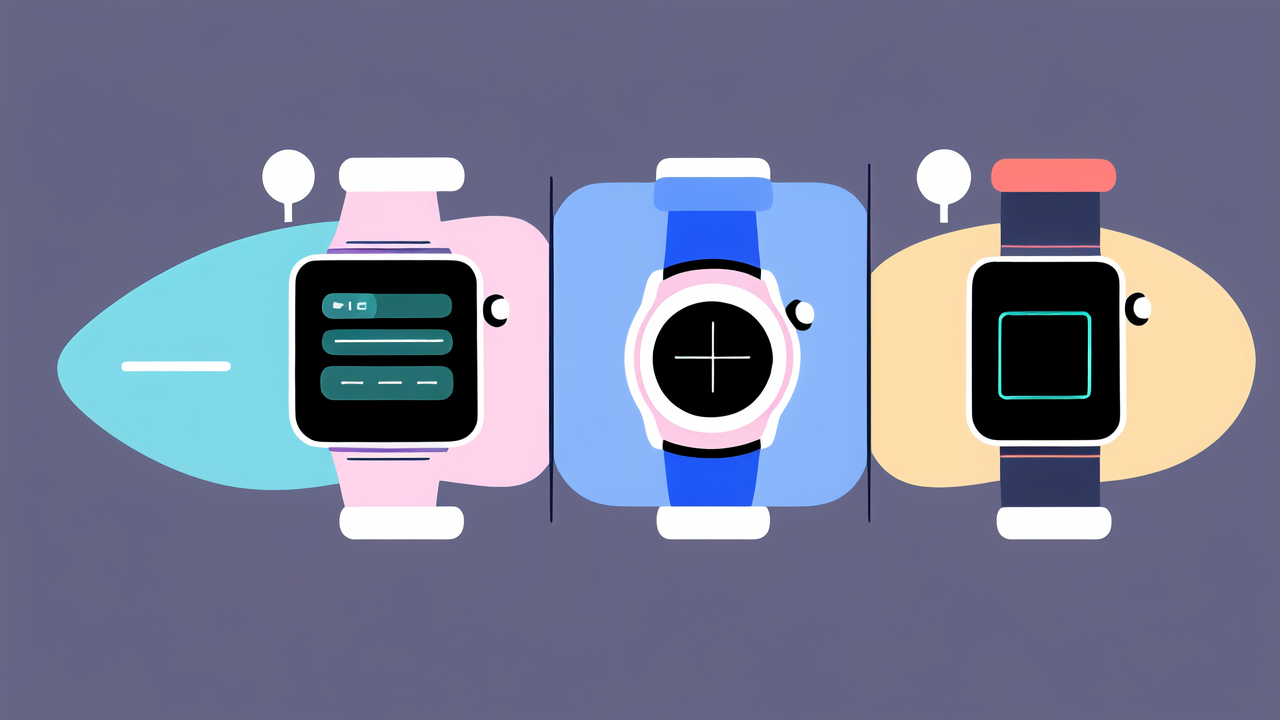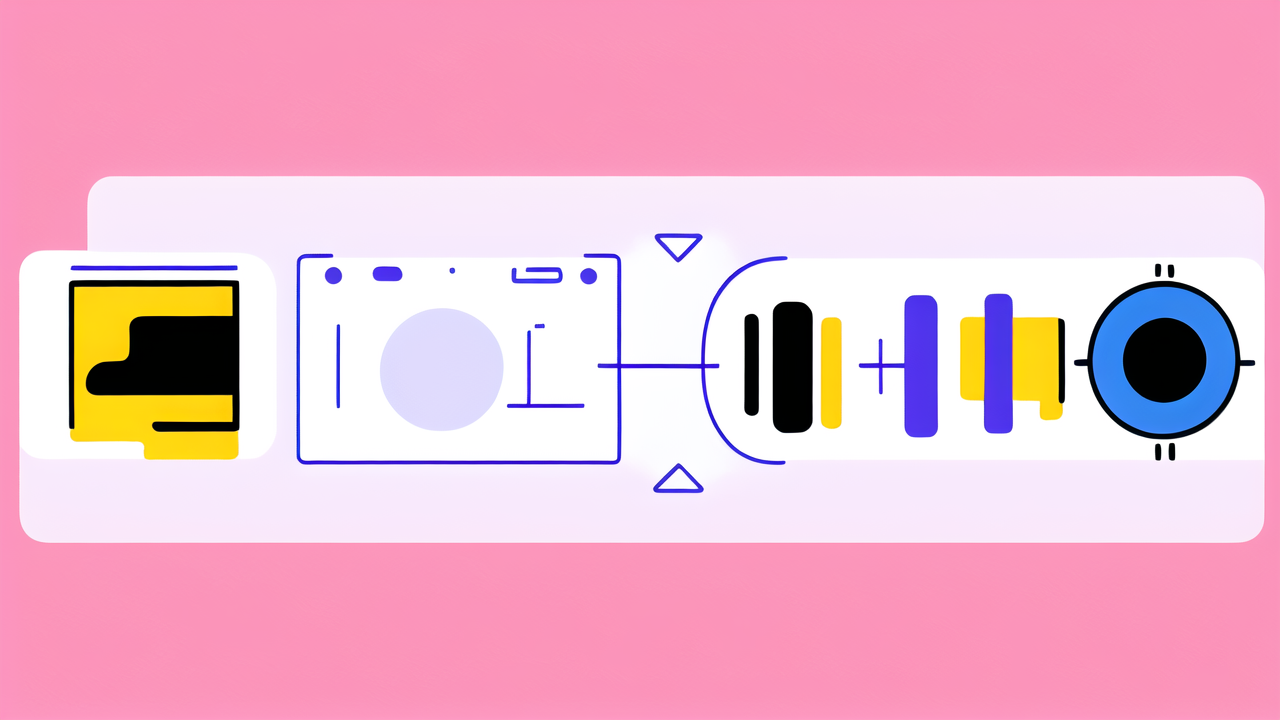The Evolution of Digital Watches in the United States
A Brief History of Digital Watches
The digital watch, marking its initial emergence in the United States during the 1970s, epitomized technological innovation. Early models featured basic timekeeping functions and a simple LED display, transforming how people interacted with time. Quickly, these devices became popular for their precision and durability. Throughout the decades, advancements incorporated features like calculators, calendars, and alarms, further cementing their place in American lifestyle. This journey illustrates a significant shift from traditional mechanical watches to multifunctional digital timepieces.

From Pocket Calculators to Wrist-Mounted Computers: The Transformation
Digital watches have come a long way since their inception. In the 1970s, they were simple timekeeping gadgets. Today, these devices are like wrist-mounted computers. The transformation began with features such as calculators, stopwatches and backlights. Then, as tech evolved, watches got more functions. They now have touch screens, apps, and internet access. This change mirrors advances in technology and the users' need for more power on their wrists.
The Impact of Consumer Demand on Digital Watch Features
Consumer demand has shaped digital watch features over time. In the US, preferences shifted to include more tech. Buyers wanted things like LED lights, alarms, and stopwatches. Then they expected GPS and heart rate monitors. Now, desires for health tracking push innovation. Digital watches now must blend function and style. They balance classic watch elements with new tech. Brands cater to this by upgrading features regularly. Overall, users shape what a digital watch can do.
Key Differences between Digital Watches and Smartwatches
Understanding the Functional Capabilities of Each Device
Digital watches and smartwatches vary greatly in functions. Here are the main differences:
- Digital watches focus on timekeeping, basic calculations, and alarms.
- They may also have stopwatch features and backlit displays.
- Smartwatches offer fitness tracking, notifications, and apps.
- They can handle calls, texts, and have touchscreens.
- Battery life is longer in digital watches due to simpler tasks.
- Smartwatches need frequent charging, as they perform complex functions.
Understanding these capabilities can guide your choice between the two devices.
The Integration of Smart Technology in Smartwatches
Smart technology sets smartwatches apart from digital ones. They sync with smartphones for calls, texts, and apps. Smartwatches offer fitness tracking, like heart rate and steps. They also support GPS and mobile payments. Over time, their features keep growing with updates.
Comparing User Interfaces: Digital Watches vs. Smartwatches
When comparing digital watches to smartwatches, user interface (UI) plays a key role. Digital watches generally feature a simple, straightforward display. They show time, date, and sometimes basic stop-watch functions. In contrast, smartwatches boast sophisticated touchscreens. These allow for interactions much like a smartphone, including apps and notifications. Moreover, smartwatch UIs are often customizable. Users can choose from various watch faces and control settings to tailor the interface. As a result, the UI experience between the two can significantly affect usability and user preference.
Making the Choice: Digital Watches, Smartwatches, and Your Lifestyle
Assessing the Compatibility of Devices with Daily Activities
When choosing between a digital watch and a smartwatch, consider how you spend your days. Digital watches are typically simpler, focusing on telling time and basic tracking. This makes them suitable for people who value straightforward functionality and long battery life. On the other hand, smartwatches integrate more deeply with your smartphone and offer a wide range of features like app notifications, GPS, and heart rate monitoring, making them ideal for tech-savvy users and fitness enthusiasts who benefit from these advanced functions in their daily routines.
The Role of Connectivity in Digital Watches and Smartwatches
Connectivity is a key factor when choosing a watch. Digital watches offer basic functions, like alarms and stopwatches. They may have some connectivity, such as syncing with a phone. Smartwatches go further, offering apps and internet access. These features allow you to get notifications, calls, and use GPS. Your lifestyle plays a part in your choice. If you need to stay online, a smartwatch is better. But if you want a simple watch for timekeeping, a digital watch works well.
Evaluating Price Points and User Preferences
When considering whether to purchase a digital watch or a smartwatch, price and personal preferences play vital roles. Generally, digital watches are more affordable than smartwatches, making them an attractive option for budget-conscious buyers. On the flip side, smartwatches offer extensive features that may justify their higher price for tech enthusiasts. Understanding your lifestyle needs and budget constraints is crucial. Here are some factors to consider:
- Determine your primary use for the watch—fitness tracking, notifications, or just timekeeping.
- Evaluate how much you are willing to spend on additional features like health monitoring or mobile connectivity.
- Consider long-term costs such as potential subscriptions for full feature utilization on smartwatches.
A careful assessment of these factors will help you make an informed decision that aligns with both your financial and personal preferences.




Leave a comment
This site is protected by hCaptcha and the hCaptcha Privacy Policy and Terms of Service apply.